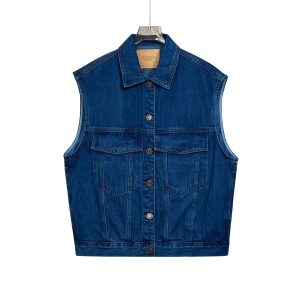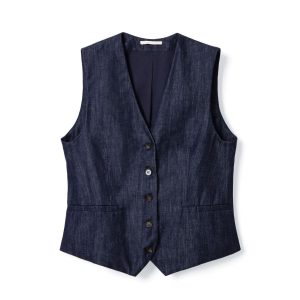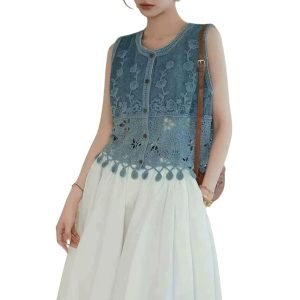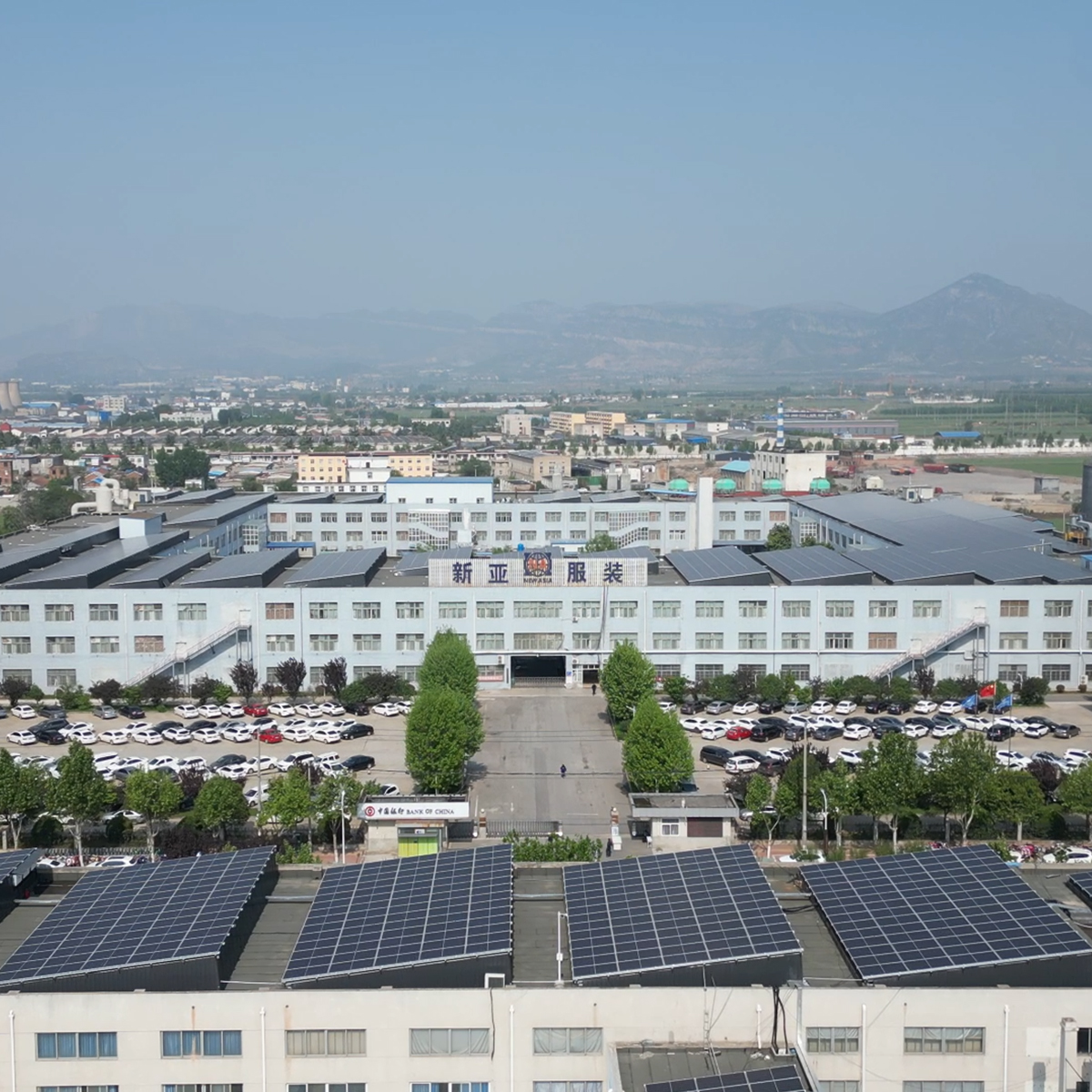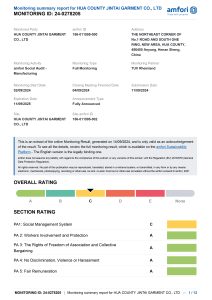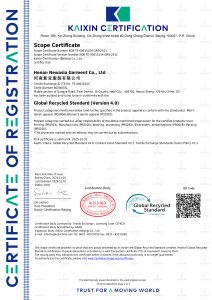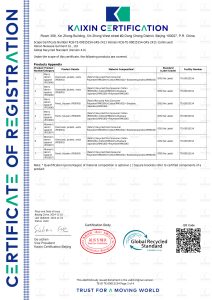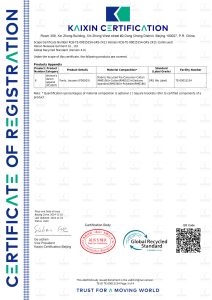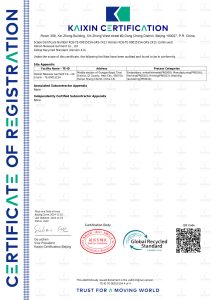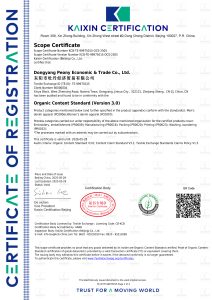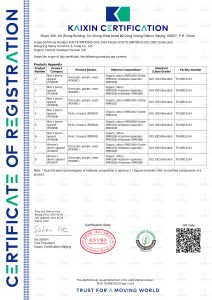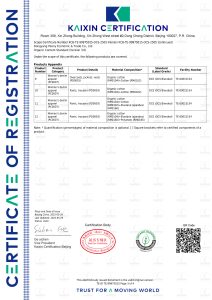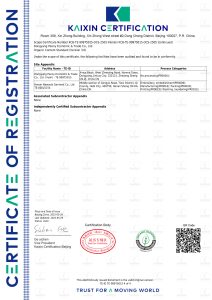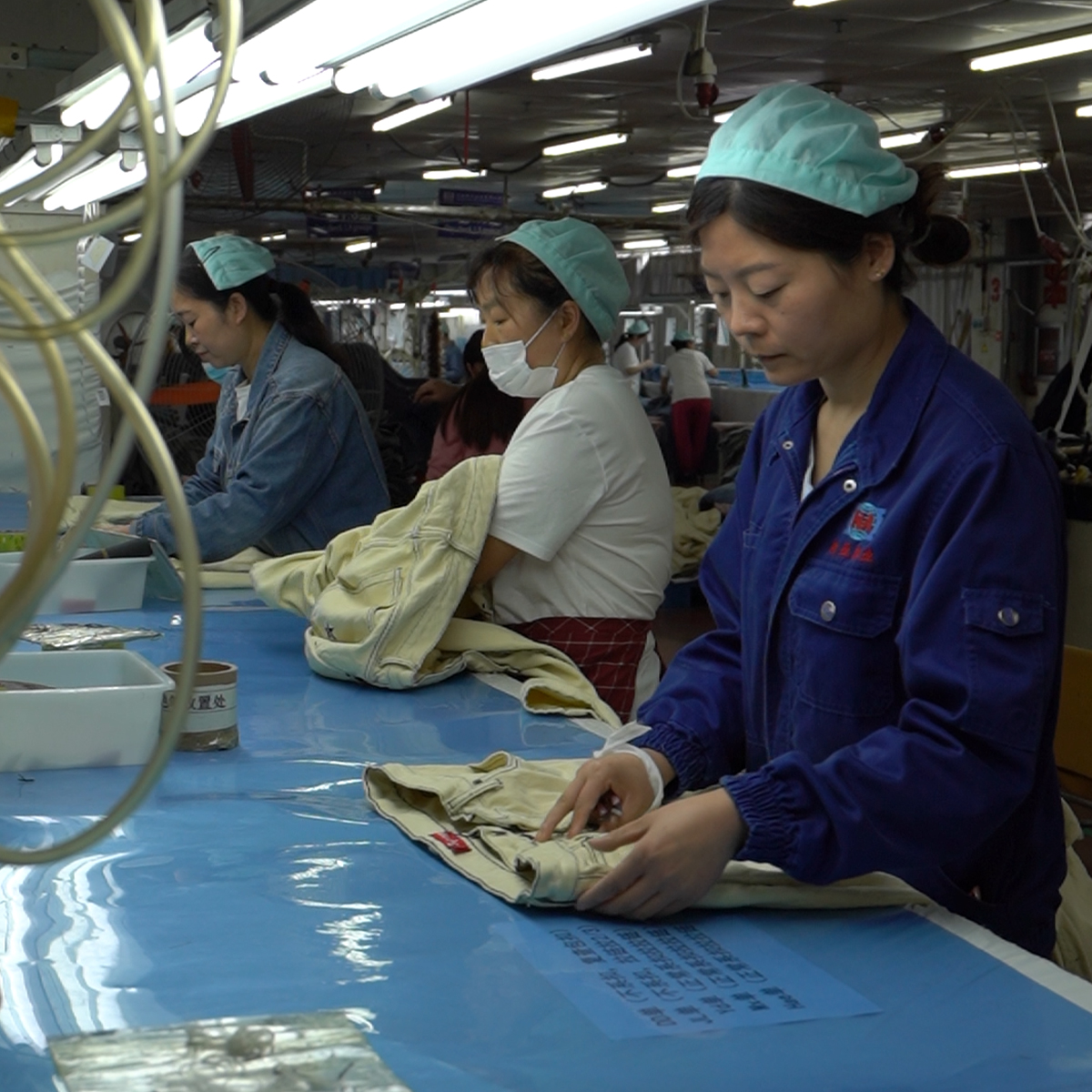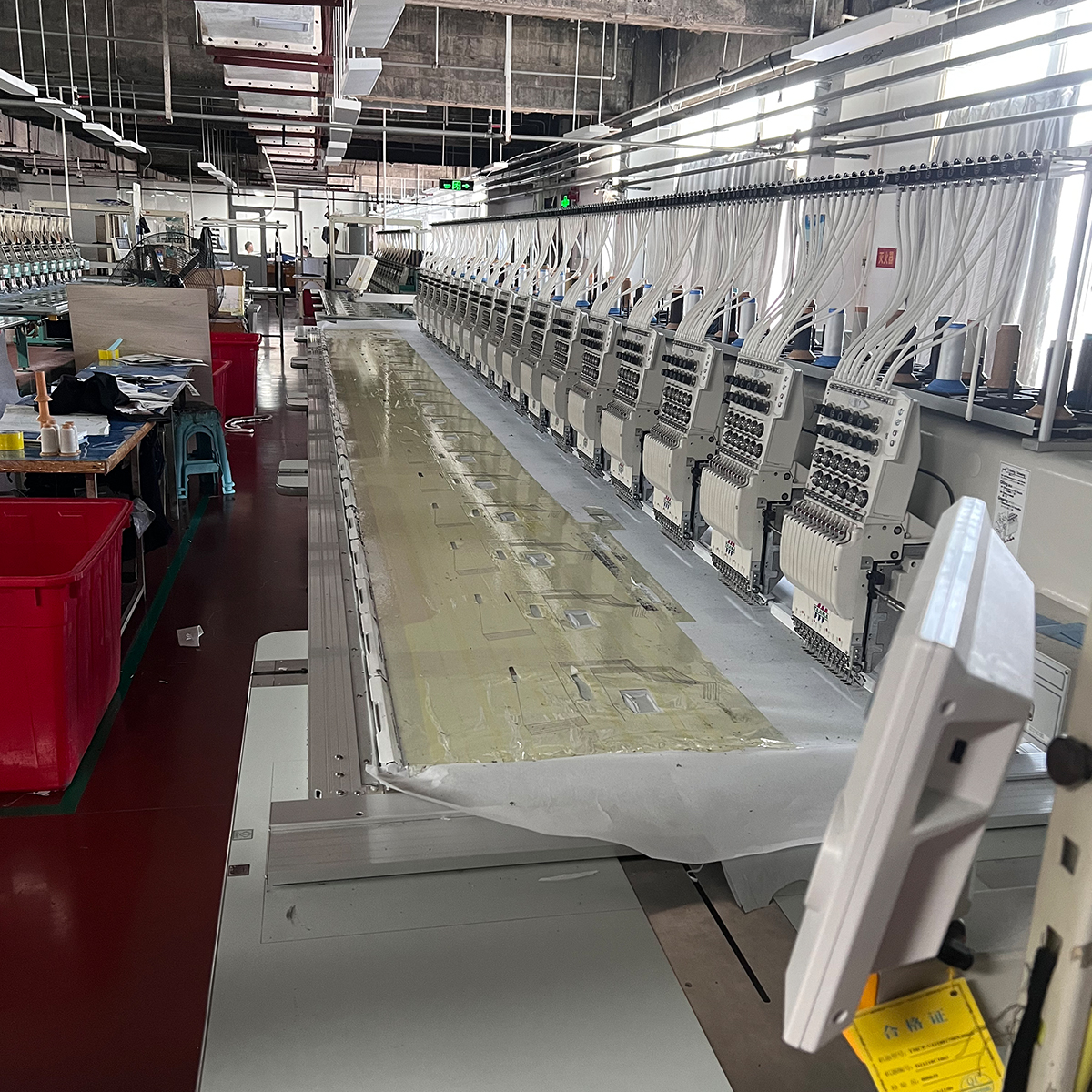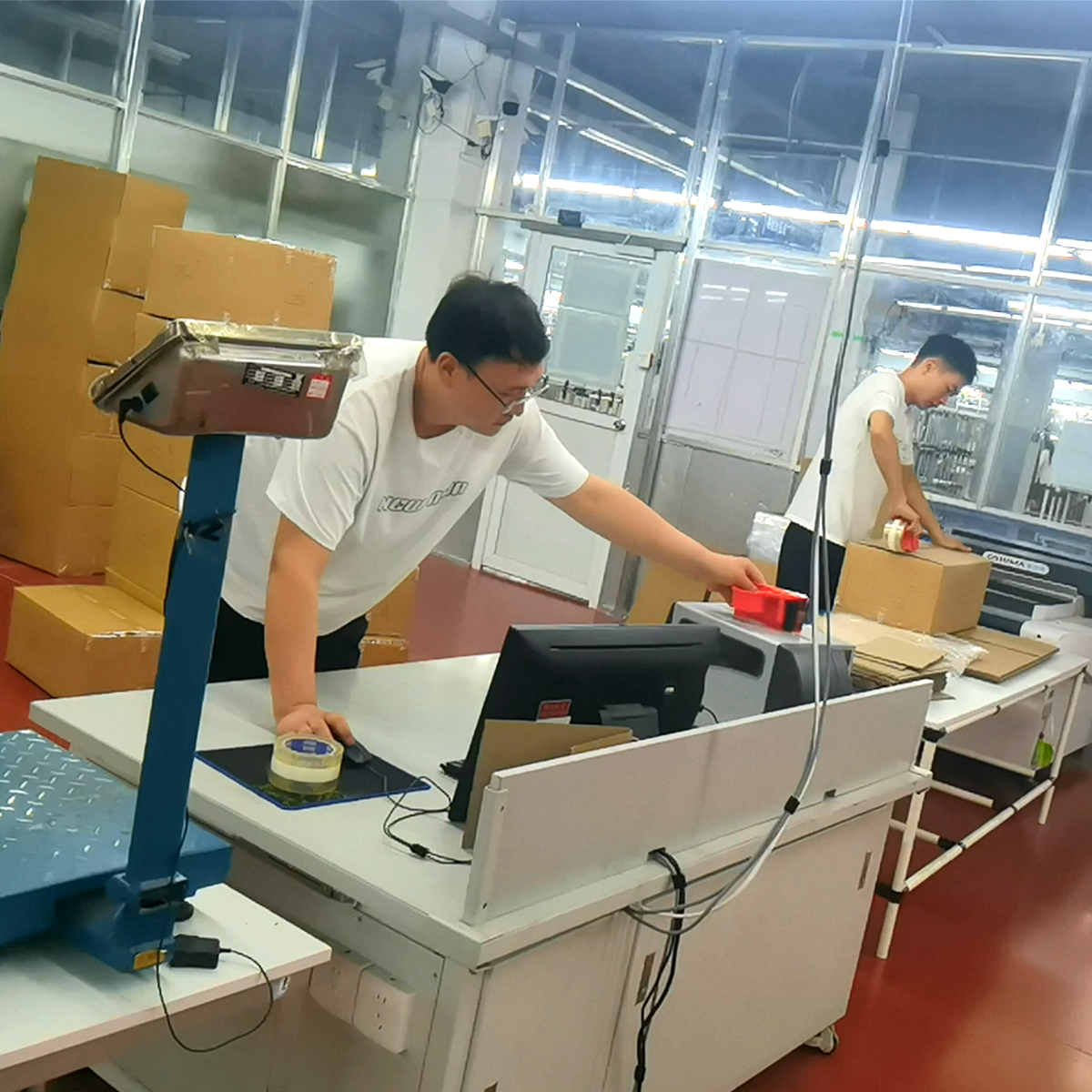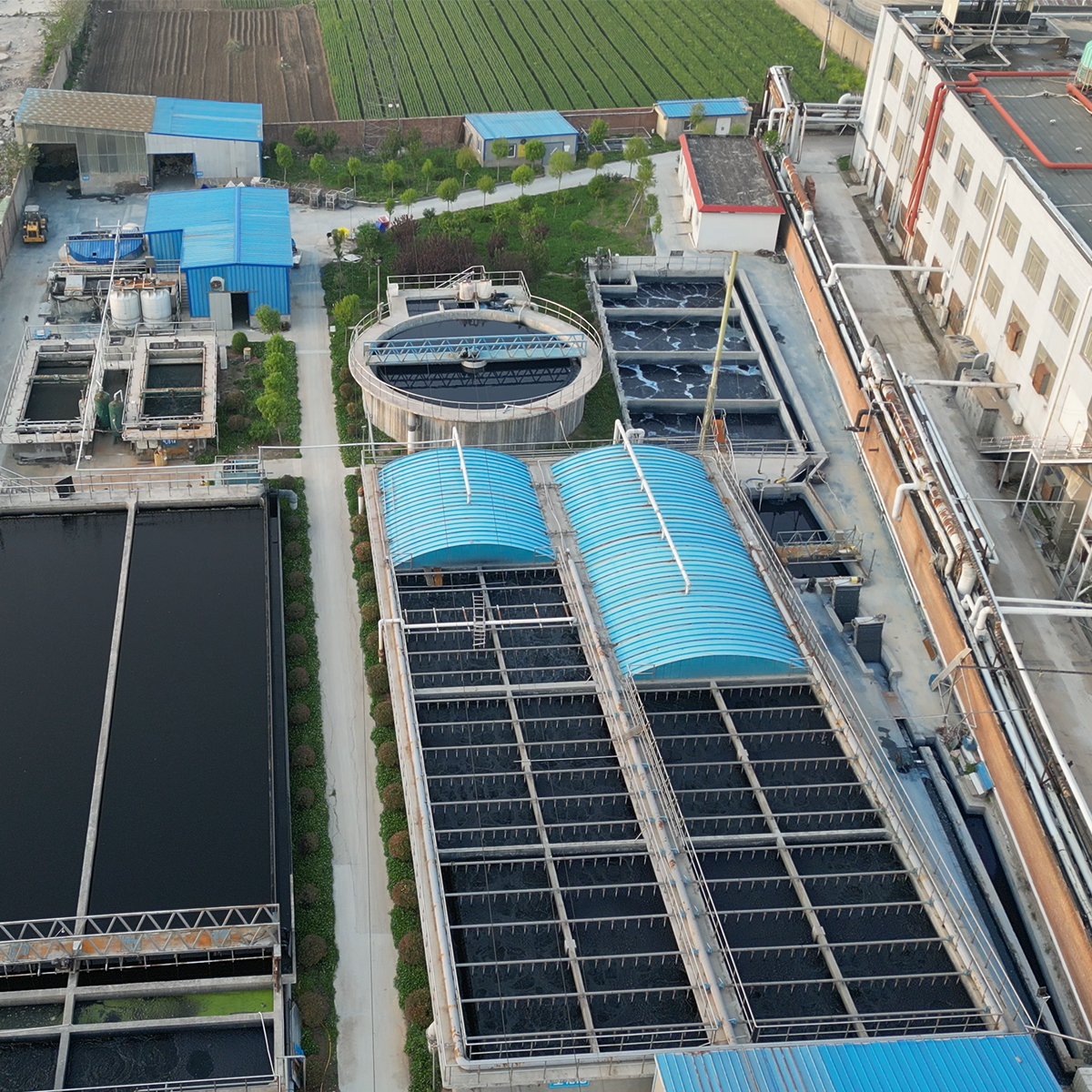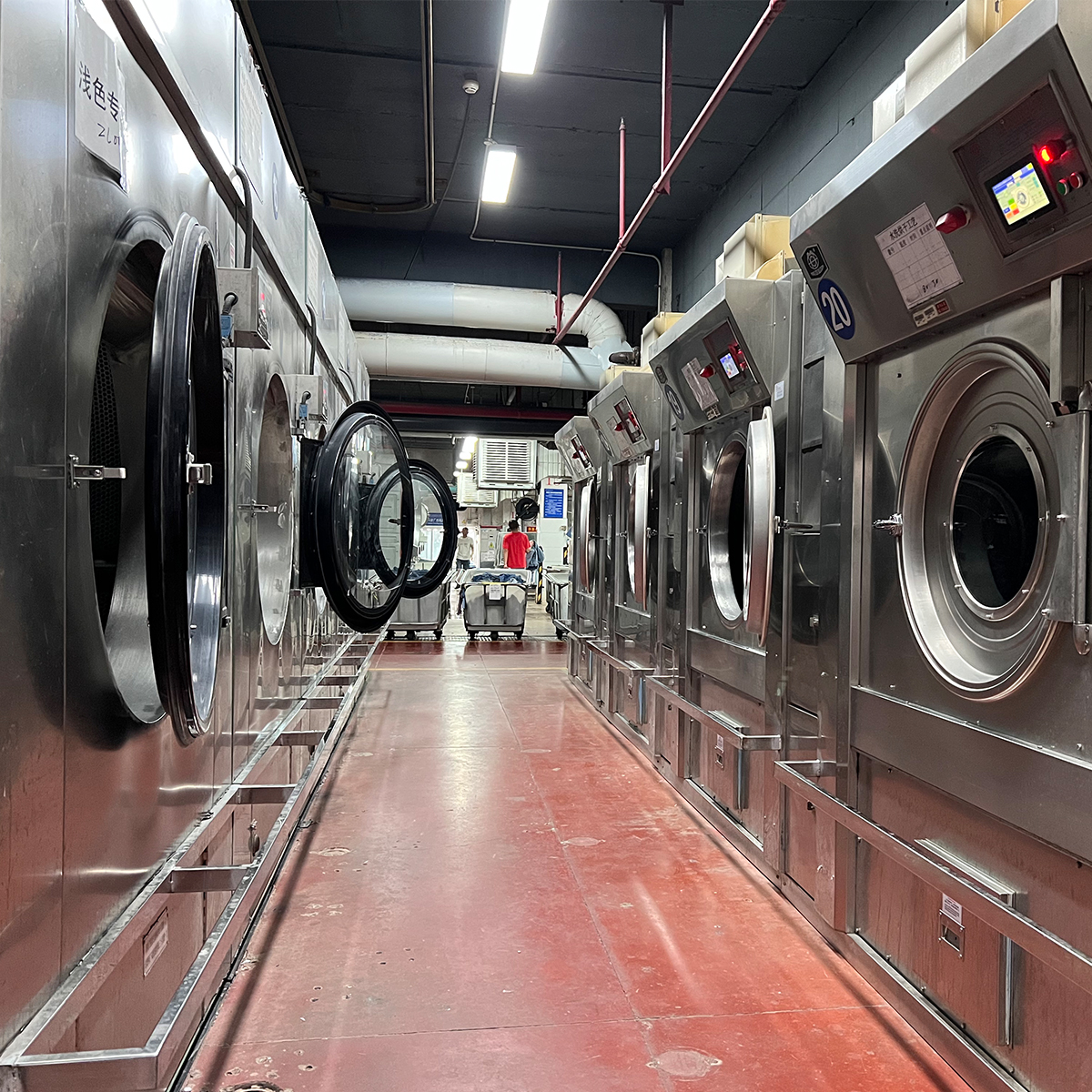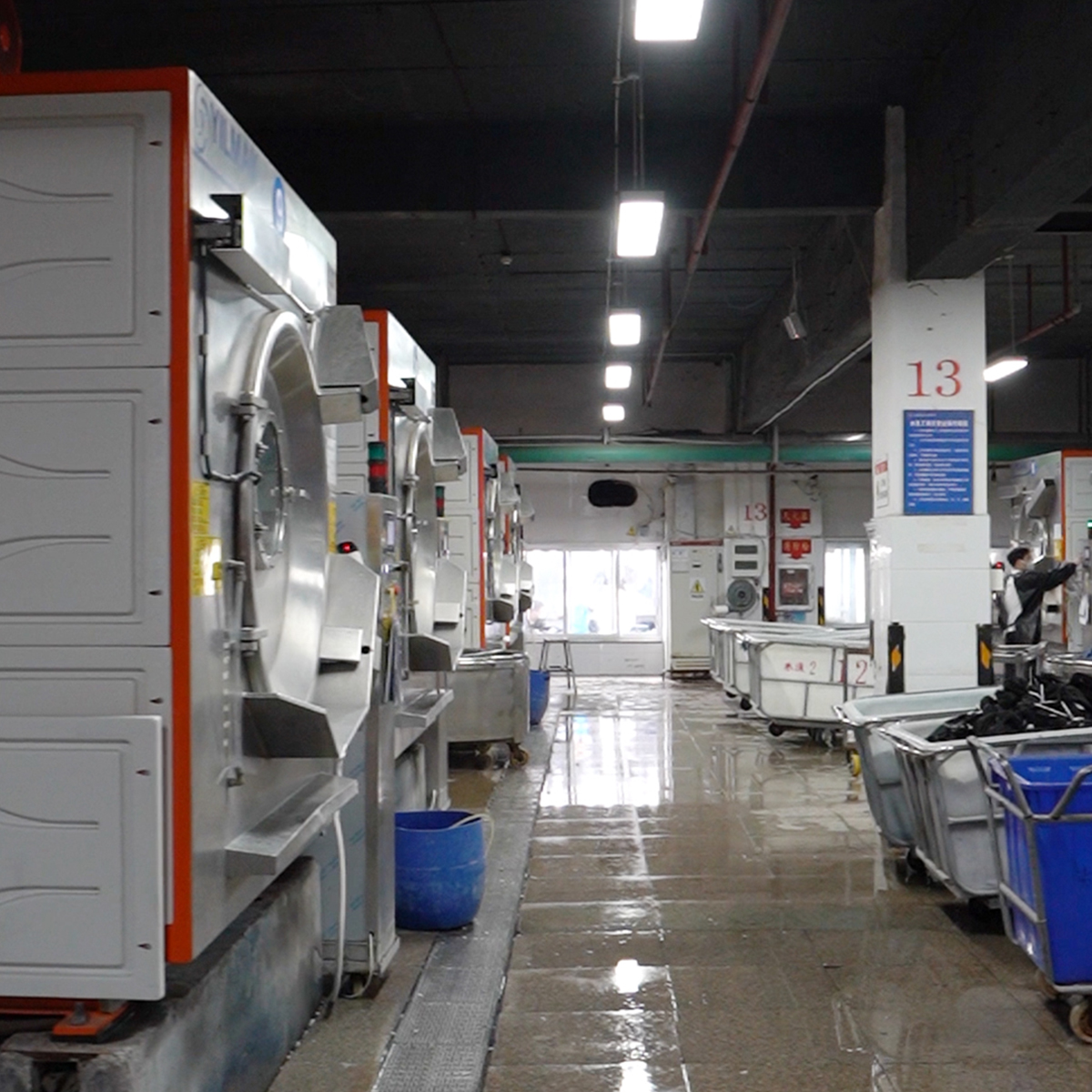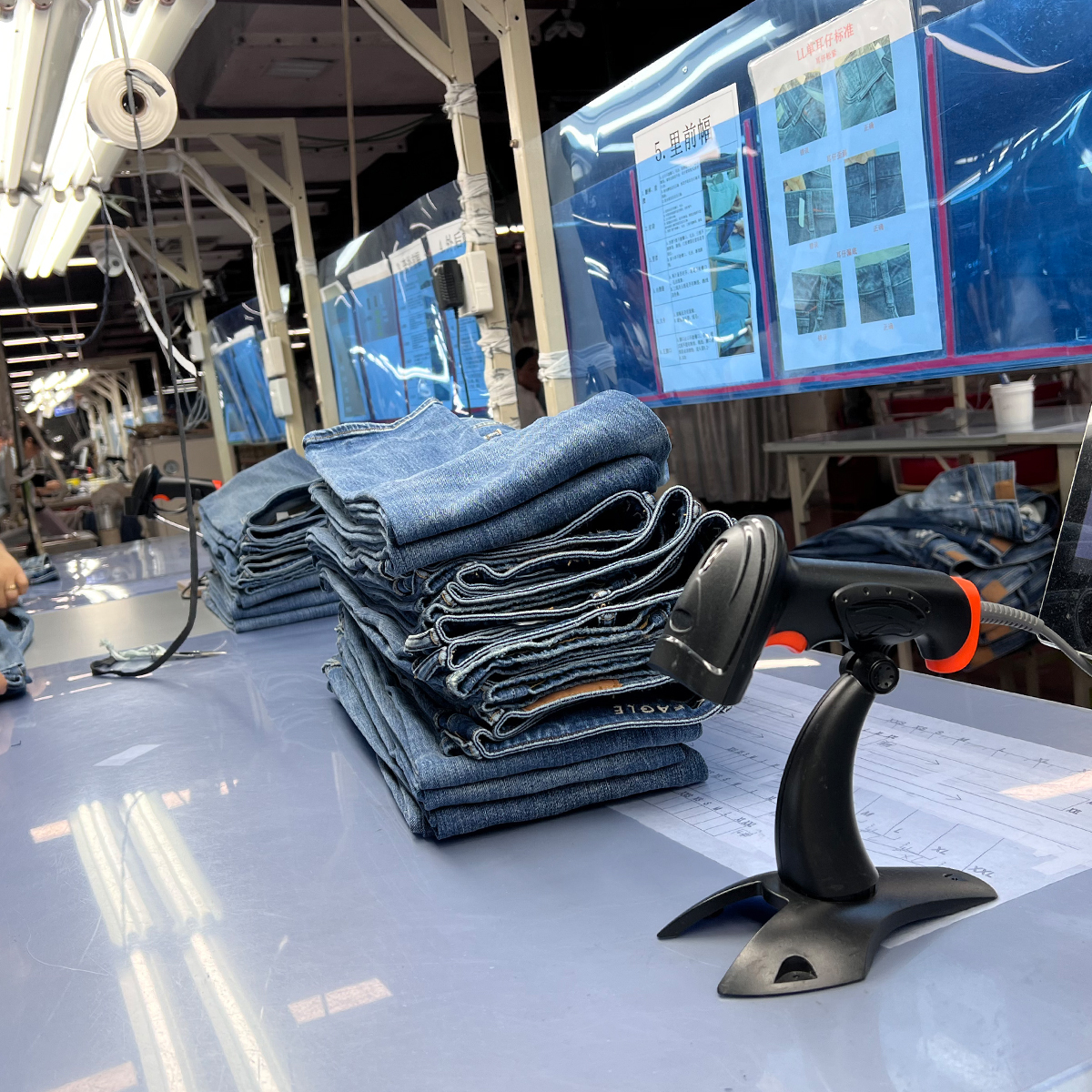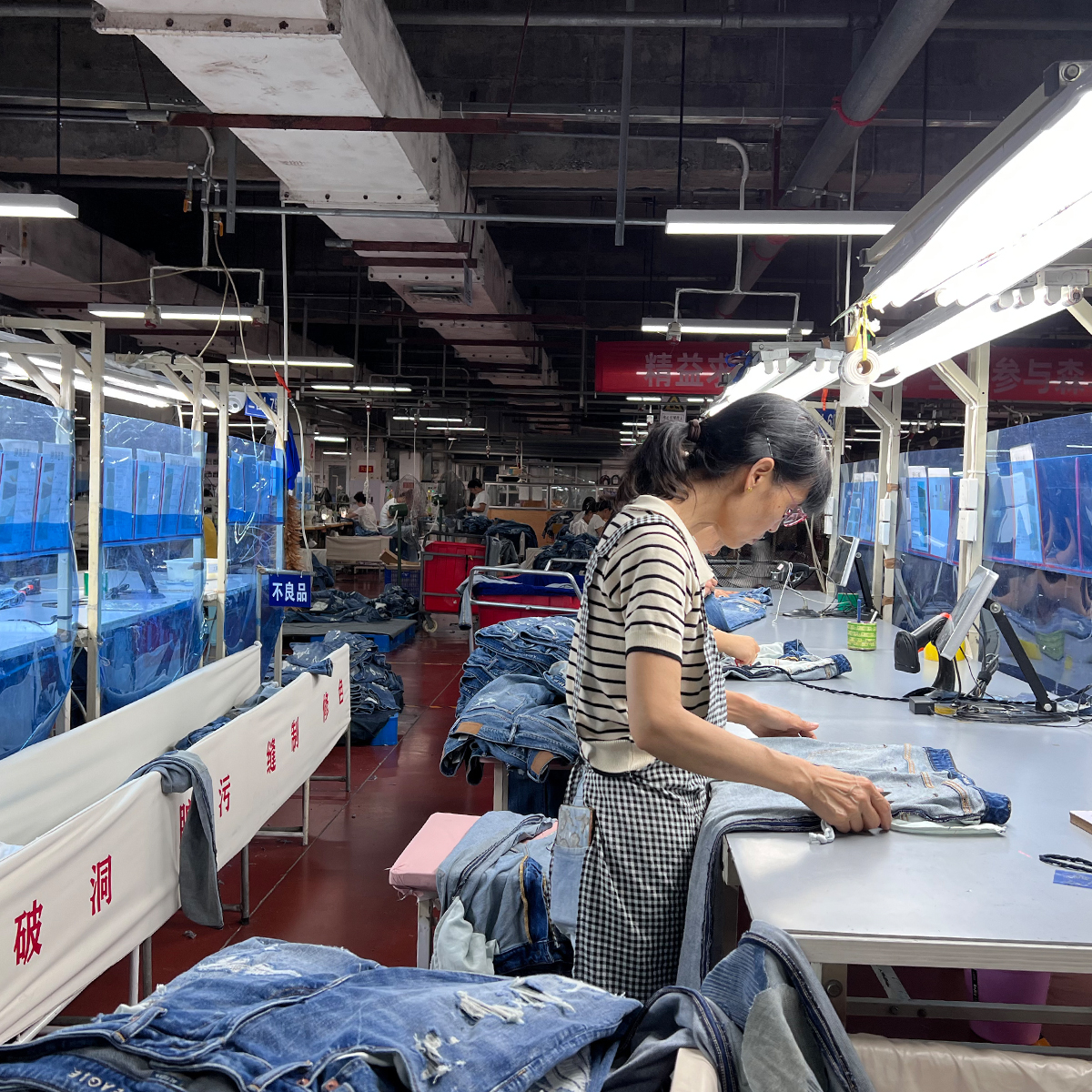Australia has long been known for its rich cultural tapestry and stunning landscapes, but it’s also making waves in the world of fashion—especially in the denim manufacturing industry. As global demand for sustainable and ethically made products increases, Australian denim manufacturers are stepping up to create high-quality fabrics that resonate with environmentally-conscious consumers. This article will explore the denim manufacturing landscape in Australia, spotlight leading manufacturers, discuss sustainable practices, and delve into what the future holds for this thriving industry.
A Brief History of Denim in Australia
Denim has an interesting history in Australia that mirrors the global denim evolution. Originating from the small French town of Nîmes, where the fabric (serge de Nîmes) was first produced, denim found its way to the western world during the Gold Rush era in the mid-1800s. Australian gold miners, often in need of durable and resilient clothing, rapidly adopted denim as their fabric of choice. This laid the groundwork for Australian denim manufacturing, which has since developed into a significant industry.
The Current Landscape of Denim Manufacturers in Australia
Today, Australia boasts a diverse array of denim manufacturers that cater to different segments of the market, from high-end fashion to workwear. Some of the most notable players in the industry include:
- Melbourne Denim Co. – Renowned for its artisanal approach, this Melbourne-based company focuses on creating timeless denim pieces with an emphasis on craftsmanship.
- Deus Ex Machina – A brand that blends lifestyle and utility, Deus is known for its rugged denim that appeals to motorcyclists and urban fashion enthusiasts alike.
- Dr Denim – With a mission to create stylish yet sustainable jeans, Dr Denim embodies the evolving consumer demand for eco-friendly fashion.
These manufacturers not only highlight the diversity in styles and target audiences but also reflect a broader trend towards quality and sustainability that has emerged in recent years.
Sustainability in Denim Manufacturing
The fashion industry has faced increasing scrutiny over its environmental impact, and denim production is no exception. With traditional manufacturing processes associated with excessive water consumption, chemical usage, and pollution, the need for more sustainable practices has never been more pressing. Australian denim manufacturers are addressing these issues head-on by adopting innovative techniques and sustainable policies. Here are some key approaches:
Water Conservation
Water usage in denim production has been a critical area of concern. Manufacturers are now utilizing technologies like Waterless Indigoinization, which diminishes the need for water during the dyeing process. Some companies even recycle water within their facilities, significantly reducing overall consumption.
Eco-Friendly Dyes and Materials
The choice of materials plays an essential role in sustainability. Many Australian denim brands are transitioning from synthetic dyes to natural alternatives, such as indigo derived from plants. Additionally, some manufacturers source organic cotton or employ alternative fibers like Tencel or hemp, further reducing their ecological footprint.
Ethical Labor Practices
Beyond environmental concerns, ethical labor practices are a priority for many Australian denim manufacturers. Ensuring fair wages and safe working conditions for all workers is a significant commitment, aligning with consumer expectations for responsible manufacturing processes.
The Role of Technology in Denim Manufacturing
Technology is reshaping the denim manufacturing landscape. From advanced weaving techniques to sophisticated supply chain management systems, tech-driven solutions contribute to improving efficiency while maintaining quality. Some prominent advancements include:
3D Knitting
3D knitting technology allows manufacturers to produce denim with less waste by creating garments directly from digital patterns. This method not only minimizes material usage but also speeds up the production process, enabling brands to respond quickly to market trends.
Digital Design and Prototyping
Digital design tools offer manufacturers a way to visualize and prototype new denim styles without the need for extensive physical samples. This approach reduces waste and encourages more thoughtful design decisions.
The Future of Denim in Australia
The Australian denim manufacturing sector is at a pivotal moment, driven by sustainability trends and technological advancements. As consumers become increasingly aware of the impact of their choices, the shift towards responsible and ethical fashion will likely continue.
Looking ahead, Australian manufacturers who innovate while remaining committed to sustainability and ethical practices will likely thrive. Brands that focus on transparency—sharing stories about their materials, processes, and labor conditions—can create a deeper connection with conscious consumers.
Moreover, collaboration among manufacturers, designers, and digital platforms can lead to an ecosystem where ideas flow freely, fostering creativity and innovation. Australia’s position as a leader in sustainable denim could serve as a model for other countries, showcasing how progressive practices can coexist with tradition while still meeting market demands.
Why Shop Local? The Benefits of Supporting Australian Denim Brands
Choosing to purchase from local manufacturers has immediate benefits for consumers and the economy. Supporting Australian denim brands not only helps local craftsmen and workers thrive, but also reduces the environmental impact associated with international shipping. Moreover, buying local often translates to higher quality—items made close to home are generally crafted with more care and attention to detail.
In a world where fast fashion reigns, prioritizing quality over quantity and sustainability over immediacy can lead to a wardrobe filled with timeless, durable pieces that you can feel good about wearing. Australian denim is not merely a fabric but a movement towards conscious consumerism, bridging the gap between style, sustainability, and social responsibility.



